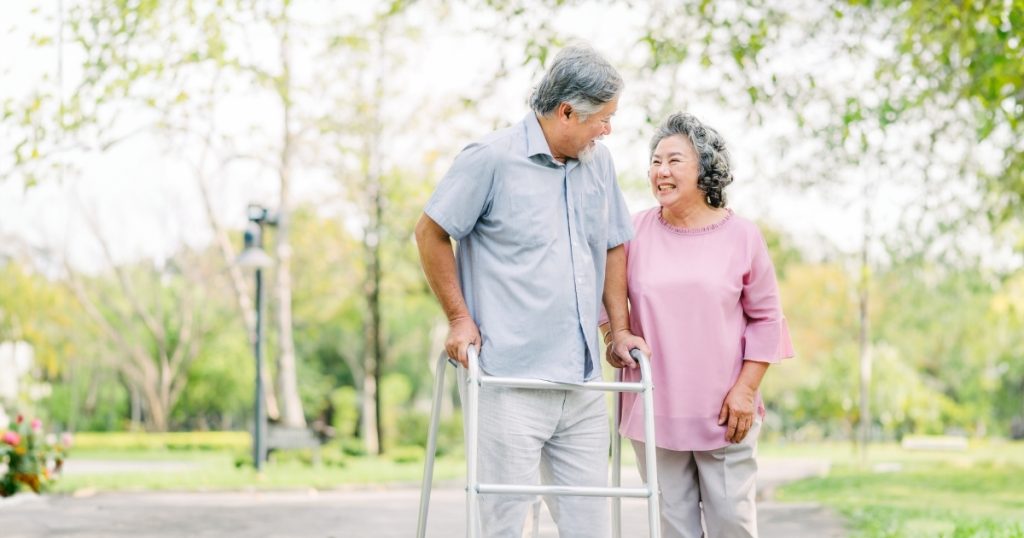




Osteoporosis, often referred to as the “silent disease,” weakens bones, making them fragile and prone to fractures. Despite its prevalence and potential severity, it often goes undetected until a fracture occurs. However, there’s hope in awareness and technology. May is Osteoporosis Awareness & Prevention Month and a time to focus on improving patient care and support for those dealing with this disease. Assistive devices play a pivotal role in managing osteoporosis through offering support, increasing mobility and enhancing independence for those affected. Let’s delve into the importance of osteoporosis awareness and the role of assistive devices in osteoporosis management and empowering individuals with this condition.
Osteoporosis is a condition characterized by low bone density and deterioration of bone tissue, leading to increased fragility and susceptibility to fractures. It primarily affects older adults, particularly postmenopausal women, but can also occur in men and younger individuals with specific risk factors. Factors such as genetics, hormonal changes, dietary habits, physical activity levels and certain medications contribute to its development. The consequences of osteoporosis can be profound, significantly impacting individuals’ quality of life. Fractures resulting from weakened bones can lead to pain, disability, loss of independence and even mortality, especially in older adults.
Raising awareness about osteoporosis is crucial for early detection, prevention and management. Educating individuals about risk factors, lifestyle modifications and available treatments empowers them to take proactive steps to preserve bone health. Regular screenings, including bone density tests, enable early intervention, allowing healthcare providers to initiate appropriate osteoporosis management strategies promptly.
Assistive devices like mobility aids play a vital role in supporting individuals living with osteoporosis through enhancing independence and safety. These devices are designed to improve mobility, stability and overall safety, therefore reducing the risk of falls and fractures. Here are some commonly used assistive devices:
Osteoporosis awareness and assistive devices are integral components of comprehensive bone health management. By promoting early detection, prevention and the appropriate support tools/resources, we can empower individuals to live fuller, more active lives despite the challenges posed by this condition. Through education, advocacy and access to assistive technology, we can strengthen bones and empower lives, ensuring that everyone can age gracefully and with dignity.
**The information on this site is not intended or implied to be a substitute for professional medical advice. If you are having a severe and sudden change in physical or mental health, please call 911, contact a local emergency facility or consult with your doctor. Always seek the advice of your physician or other qualified healthcare provider, and never disregard the advice given because of information you have received from our website.**




| Cookie | Duration | Description |
|---|---|---|
| cookielawinfo-checkbox-analytics | 11 months | This cookie is set by GDPR Cookie Consent plugin. The cookie is used to store the user consent for the cookies in the category "Analytics". |
| cookielawinfo-checkbox-functional | 11 months | The cookie is set by GDPR cookie consent to record the user consent for the cookies in the category "Functional". |
| cookielawinfo-checkbox-necessary | 11 months | This cookie is set by GDPR Cookie Consent plugin. The cookies is used to store the user consent for the cookies in the category "Necessary". |
| cookielawinfo-checkbox-others | 11 months | This cookie is set by GDPR Cookie Consent plugin. The cookie is used to store the user consent for the cookies in the category "Other. |
| cookielawinfo-checkbox-performance | 11 months | This cookie is set by GDPR Cookie Consent plugin. The cookie is used to store the user consent for the cookies in the category "Performance". |
| viewed_cookie_policy | 11 months | The cookie is set by the GDPR Cookie Consent plugin and is used to store whether or not user has consented to the use of cookies. It does not store any personal data. |